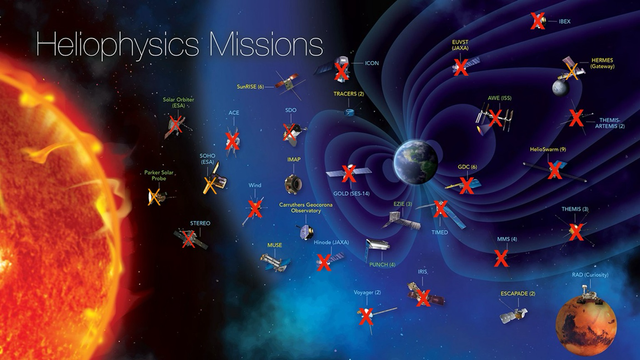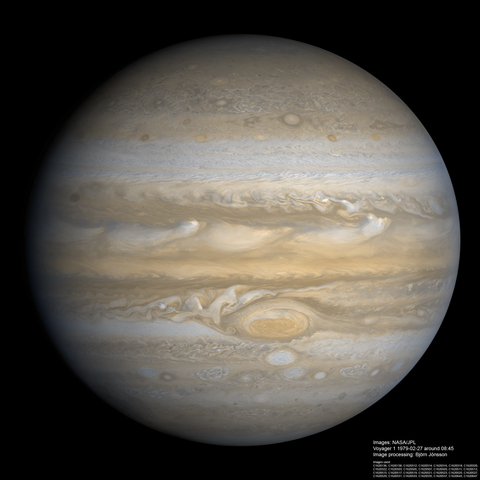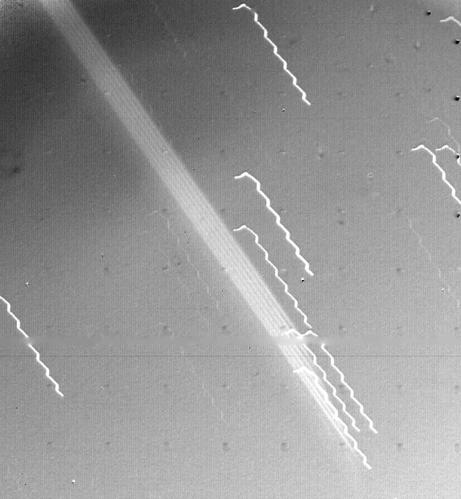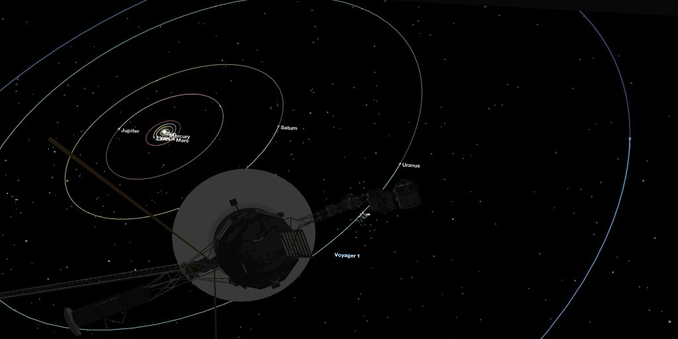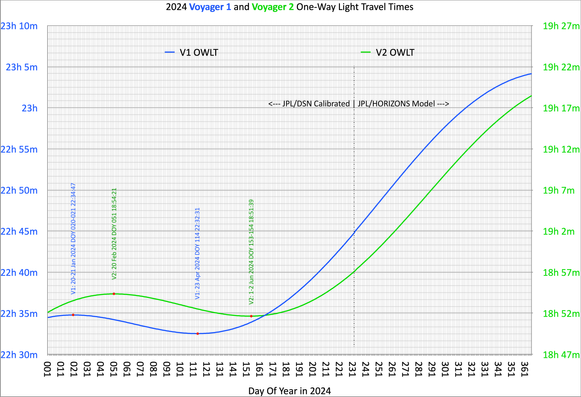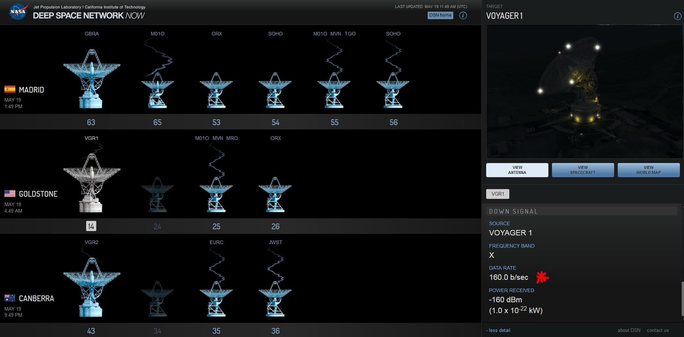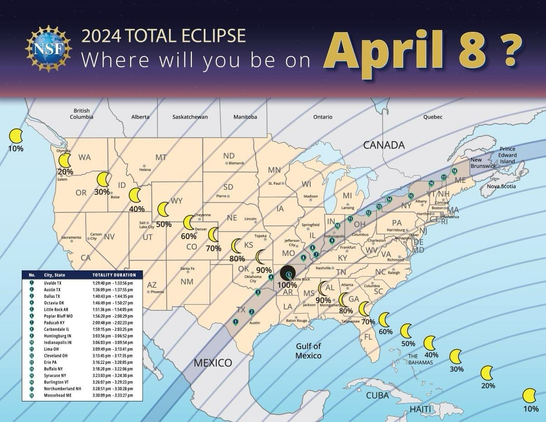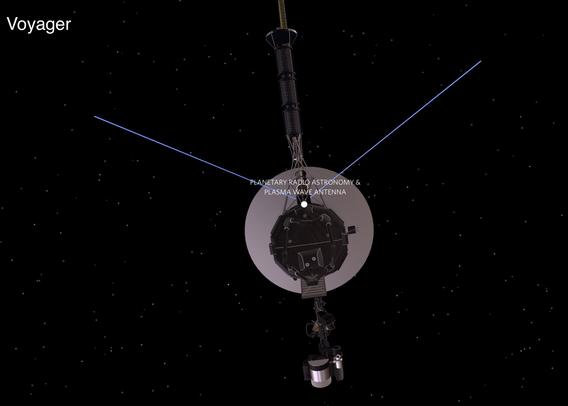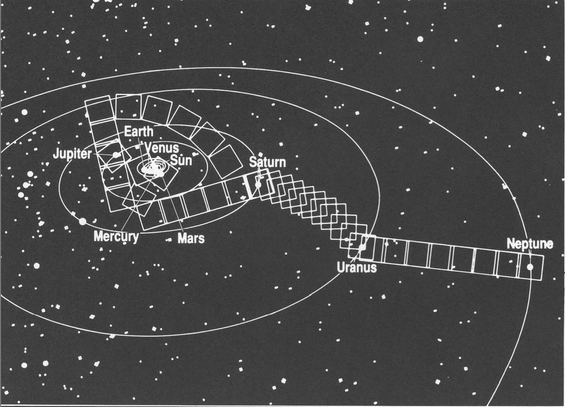NSFVoyager2
- 4.2K Followers
- 58 Following
- 2K Posts
On this day in 1979, sister Voyager 1 returns the first photographic evidence of rings around Jupiter. The rings are the long diagonal 'smear' in the center if the image. The squiggles are actually star tracks resulting from the 'bouncing' of Voyager after a thruster firing, reflecting the 78 second period of the magnetometer boom torquing the spacecraft. There are better photographs of the rings, but this is the _first_.
The brightest portion is only about 6,000 kilometers (4,000 miles) wide, and the ring is no more than 30 kilometers (20 miles) thick.
OTD in 1990, sister ship @NASAVoyager 1 took this portrait of our Solar System: ow.ly/nc1p50UrscN
This series contains the famous 'pale blue dot' photo of Earth.
After this task was completed, both the wide- and narrow-angle cameras were turned off, saving 11 W of power.
1/ On this last day of 2024, I thought this might interest those of you following our progress in detail. Here is a summary of all the One-Way Light Travel Times of the Voyager spacecraft over 2024.
The first thing to note is that the plot lines have different vertical axes! While the times are _offset_, the scale is the same. If you plot both these times on a single vertical scale, you can barely see the sinusoidal shape. Remember: green with green, blue with blue.
OK, why is there this shape? Because the distance measurements are being made from a moving platform: Earth. The sinusoidal variance is because of Earth's orbit around the Sun. At certain times of year, the Earth is actually moving towards the Voyagers faster than they are leaving, so the distance _decreases_.
Continues...
